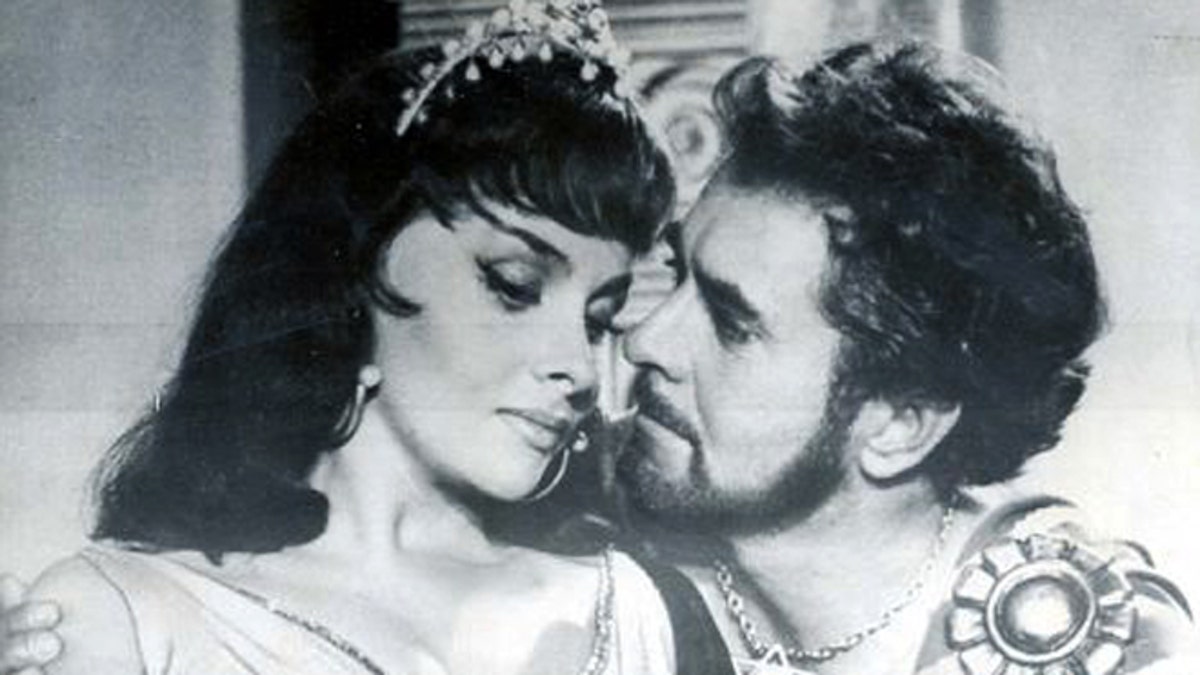
Gina Lollobrigida plays the Queen of Sheba in the 1959 film "Solomon and Sheba," beside Tyrone Power as King Solomon. (AP)
A British archaeologist working in northern Ethiopia believes she may have discovered an ancient goldmine that holds clues about where the Queen of Sheba obtained her storied wealth.
Louise Schofield, a former curator at the British Museum, told The Observer she was alerted to the mine by a gold prospector while working on an environmental development project in Ethiopia's Tigray region.
The shaft, buried some four feet (1.2 meters) underground with an ancient human skull embedded in its entrance, apparently had not attracted much attention, even though locals panned for gold in a nearby river.
[pullquote]
The site is within the former territory of the nearly 3,000-year-old Sheba kingdom, which scholars believe spanned from Ethiopia to Yemen. Schofield pointed to nearby clues that suggest the site was an important place in the ancient civilization, including a 20-foot (six-meter) stone slab carved with a sun and crescent moon -- a "calling card of the land of Sheba," she told The Observer.
"I crawled beneath the stone -- wary of a nine-foot [three-meter] cobra I was warned lives here -- and came face to face with an inscription in Sabaean, the language that the Queen of Sheba would have spoken," the archaeologist told the paper.
In the Hebrew Bible, the Queen of Sheba is described as arriving in Jerusalem to greet King Solomon with "a very numerous retinue, and with camels bearing spices, a large amount of gold, and precious stones."
"One of the things I've always loved about archaeology is the way it can tie up with legends and myths," Schofield told The Observer. "The fact that we might have the Queen of Sheba's mines is extraordinary."
She added that she hopes to begin a full excavation of the mine, whose entrance is blocked by boulders, once she has the funds.
